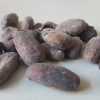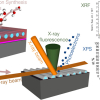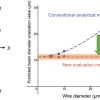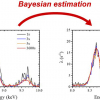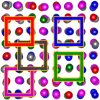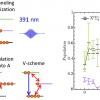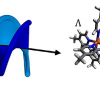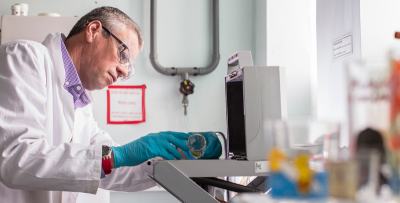
Researchers at the University of Plymouth have carried out 197 tests on 72 new and second-hand drinking glass products, including tumblers, beer and wine glasses, and jars. They found lead present in 139 cases and cadmium in 134, both on the surface of the glasses and, in some cases, on the rims, with concentrations of lead sometimes more than 1000 times higher than the advised limit. Tests showed that flakes of paint often came away from the glass when simulating sustained use, indicating the substances could be ingested over a prolonged period.
Dr Andrew Turner, who led the work, believes the threats posed by drinking glasses could be significant. He said: “The presence of hazardous elements in both the paint and glaze of decorated glassware has obvious implications for both human health and the environment. So it was a real surprise to find such high levels of lead and cadmium, both on the outside of the glassware and around the rim. There are genuine health risks posed through ingesting such levels of the substances over a prolonged period, so this is clearly an issue that the international glassware industry needs to take action on as a matter of urgency.”
The study, published in Science of the Total Environment, analysed a range of glassware using portable x-ray fluorescence (XRF) spectrometry. More than 70% of the products (52 out of 72) tested positive for lead, and the metal was found in all the colours tested, including the decorated gold leaf of some items. A similar number (51 out of 72) tested positive for cadmium, with the highest concentrations usually encountered in red enamel. The lead concentrations ranged from about 40 ppm to 400,000 ppm, while quantities of cadmium ranged from about 300 ppm to 70,000 ppm. According to the US Office of Environmental Health Hazard Assessment, the limit levels for the externally decorated lip area of drinking glass are 200 ppm and 800 ppm respectively.
In the research, Dr Turner highlights that the Federation of European Screen Printers Associations says organic inks are becoming more popular than metallic pigments because of environmental concerns, and that such inks were evident on a number of newly-purchased products which proved negative for lead and cadmium. He also says that additional analyses confirmed that hazardous elements are also used to decorate a wider range of consumer glassware that has the potential to be in contact with food, including the exteriors of bottles for the storage of beer, wine or spirits, the external text and logos on egg cups, jugs and measuring cups, and the undersides of coasters and chopping boards.




